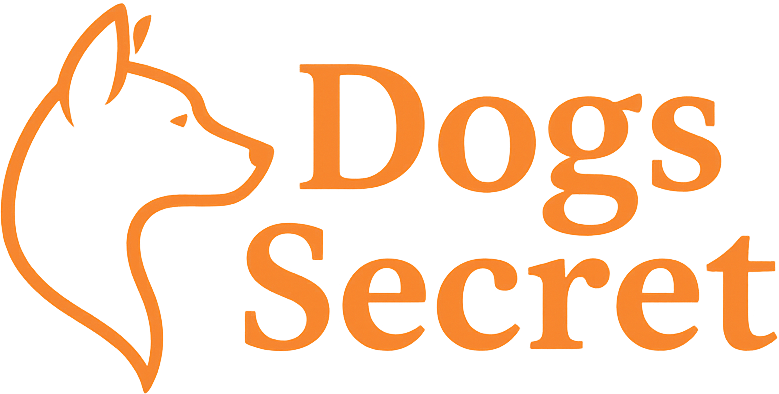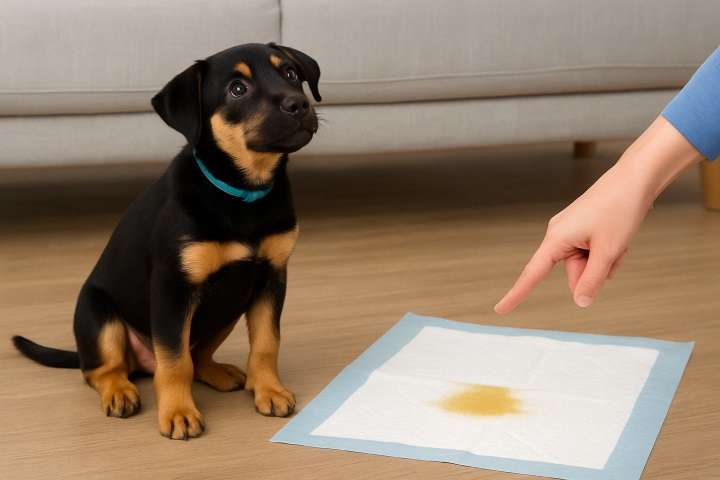Bringing home a new puppy is exciting—but potty training can quickly become one of your biggest challenges if you don’t have a plan. The good news? With structure, consistency, and positive reinforcement, you can teach your puppy where and when to go potty in just a few weeks.
In this guide, you’ll learn how to potty train your puppy quickly and effectively, step by step. Whether you live in a house with a yard or an apartment with limited outdoor space, this method works.
When to Start Potty Training
Start as soon as you bring your puppy home—ideally between 8 to 12 weeks old. The earlier you begin, the easier it is to build good habits.
Keep in mind: Puppies can typically hold their bladder for 1 hour per month of age, up to a maximum of 5–6 hours.
Step-by-Step: How to Stop Leash Pulling
✅ Step 1: Set a Regular Schedule
Routine is key to success. Take your puppy out:
- First thing in the morning
- After eating or drinking
- After waking from naps
- After play sessions
- Before bedtime
- Every 1–2 hours (for young puppies)
Consistency teaches their body when to expect potty breaks.
✅ Step 2: Choose a Designated Potty Spot
Take your puppy to the same outdoor spot each time.
Why it works:
- The smell triggers their instinct to go again
- It builds a clear association: “this is the place to potty”
- Makes clean-up easier and keeps your yard organized
Be patient—give them up to 5 minutes to do their business.
✅ Step 3: Use a Cue Word
Use a simple phrase like “go potty” or “do your business” while they’re sniffing.
- Say it once, softly and calmly
- Don’t distract or play during this time
- Once they finish, immediately praise and give a treat
This creates a strong association between the cue and the behavior.
✅ Step 4: Reward Immediately
Timing matters! The reward must come right after your puppy finishes—not once you get back inside.
Use:
- A small, high-value treat
- Verbal praise like “Good potty!”
- A short play session
This reinforces that going potty outside = good things happen.
✅ Step 5: Supervise Indoors
Until fully trained, your puppy should never roam the house unsupervised.
Options:
- Use a leash indoors to keep them near you
- Use baby gates to confine them to easy-to-clean areas
- Watch for signs: sniffing, circling, squatting, restlessness
If you can’t supervise, place them in a crate or playpen.
✅ Step 6: Use Crate Training for Night and Alone Time
Dogs don’t like to potty where they sleep—use this instinct to your advantage.
- Make sure the crate is the right size (not too big)
- Take your puppy out immediately before and after crate time
- Expect 1–2 potty breaks during the night for young puppies
- If your puppy whines at night, take them outside calmly and quietly
✅ Step 7: Handle Accidents the Right Way
Accidents will happen—how you respond is key.
Do this:
- Clean the area thoroughly with an enzyme cleaner
- Stay calm—no yelling or punishment
- If you catch them mid-accident, gently interrupt and take them outside
Punishment only creates fear—it does not teach where to go.
How Long Does Potty Training Take?
Most puppies can be mostly house trained within 2–4 weeks, with full reliability by 4–6 months, depending on:
- Breed size (small dogs take longer)
- Your consistency and routine
- Age and previous habits
Stick with it—every week gets easier.
Common Potty Training Mistakes
- ❌ Waiting too long between potty breaks
- ❌ Forgetting to reward immediately
- ❌ Giving too much freedom too soon
- ❌ Using pee pads inconsistently
- ❌ Punishing accidents after the fact
Avoiding these mistakes speeds up the process and reduces stress.
Apartment or Bad Weather? Try These:
- Use a covered porch, balcony, or grass pad
- Train your dog to use an indoor turf or pee pad in one location only
- Create a sheltered potty area outside
- Invest in a puppy potty bell for door signaling
Flexibility helps maintain consistency in tough conditions.
Conclusion
Potty training your puppy doesn’t have to be stressful or slow. With a solid routine, immediate rewards, and patient supervision, your puppy will learn where to go—and fast. Remember: every accident is an opportunity to adjust and improve.
Need a printable potty schedule or accident tracker? Visit our Puppy Training Toolkit for free templates and expert tips.

